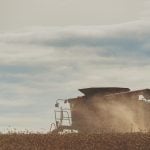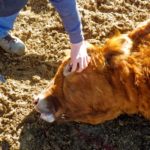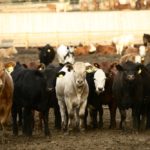Feeder cattle prices have been percolating higher since November 2016 and I’ve received many inquiries regarding the price outlook for the fall of 2017. The U.S. cattle herd is moving through an aggressive expansionary phase while the Canadian cattle inventory has remained relatively stagnant. The year-over-year increase in feeder cattle numbers south of the border […] Read more













